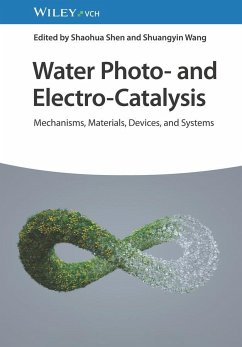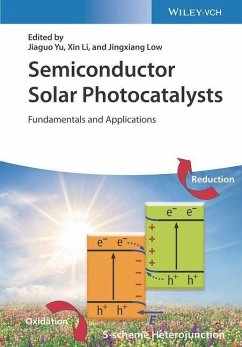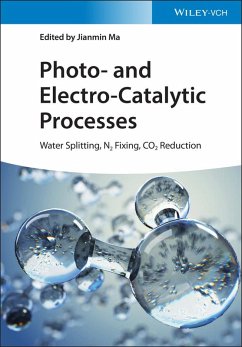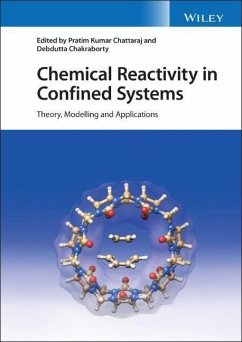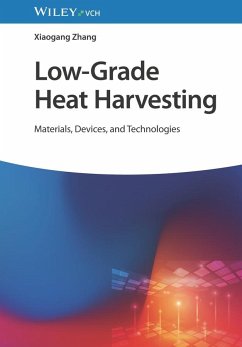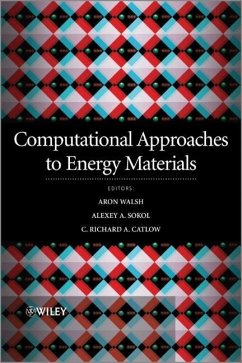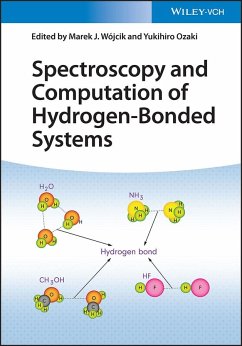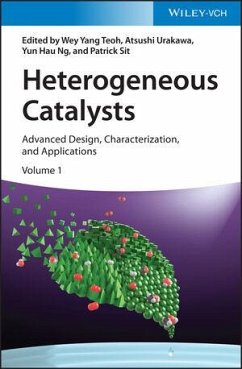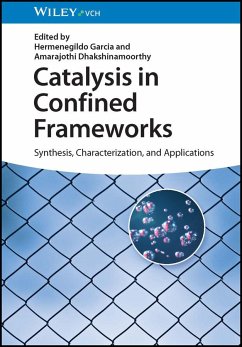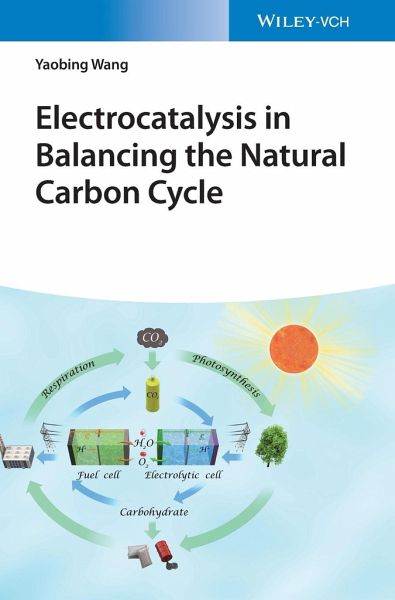
Electrocatalysis in Balancing the Natural Carbon Cycle
Versandkostenfrei!
Versandfertig in 2-4 Wochen
228,65 €
inkl. MwSt.
Weitere Ausgaben:

PAYBACK Punkte
0 °P sammeln!
The fundamentals, advances in catalysts, devices of electrocatalysis in carbon cycle-related reactions, and operando characterization techniques are presented in this book.
Dieser Artikel kann nur an eine deutsche Lieferadresse ausgeliefert werden.




